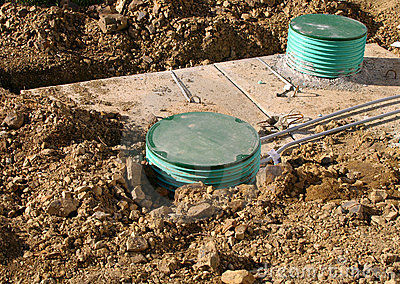 What exactly does the “septic” in “septic system” refer to?
What exactly does the “septic” in “septic system” refer to?
According to Dictionary.com, “septic” means “pertaining to or of the nature of sepsis; infected” or “putrefactive.” It comes from an original Greek word meaning “rotten.” FreeThesaurus.com lists synonyms including dirty, germy, infectious and unhealthful.
Clearly, nobody would want to be around anything that is septic.
So why would anybody want a septic tank or a septic system?
The “septic” in “septic tank” or “septic system” refers to the environment in the tank, which is, yes, septic because of what goes into it from sinks, bath drains, washing machines and toilets. This septic tank environment is rich in anaerobic bacteria, meaning bacteria that do not use oxygen. These bacteria break down the nasty elements that settle to the bottom of the tank into food for other bacteria. What goes into a septic system is indeed dirty, germy, infectious and unhealthful for us, but makes a lush banquet for our single-celled friends. The leftovers remain settled on the bottom, to be cleaned out periodically by trained technicians who can haul it off from our property and dispose of it. From there, it can go to a sewage treatment plant, a cesspool, or an approved landfill.
In some areas, the sludge from septic tanks is portioned out as fertilizer. In a few areas, it’s used to generate electricity by being broken down to release methane, which is then burned as fuel for a generator.
What of the stuff that doesn’t settle to the bottom? The fluid in the septic system makes its way to a drain field, where the organic material serves as a fertilizer for whatever plants are growing there.
Thus, while what goes into the septic system is indeed septic for us, it is nutritious for bacteria and plants, and can even become a renewable source of clean energy.



